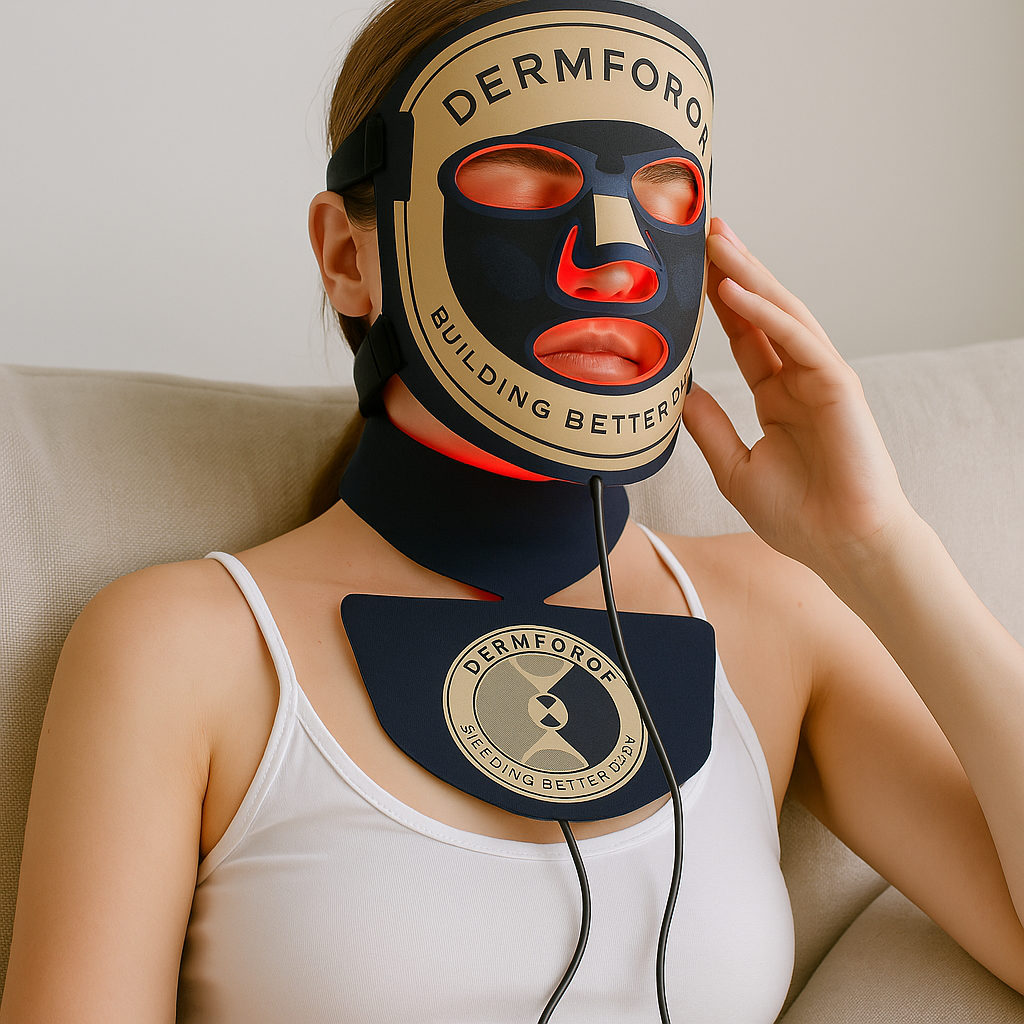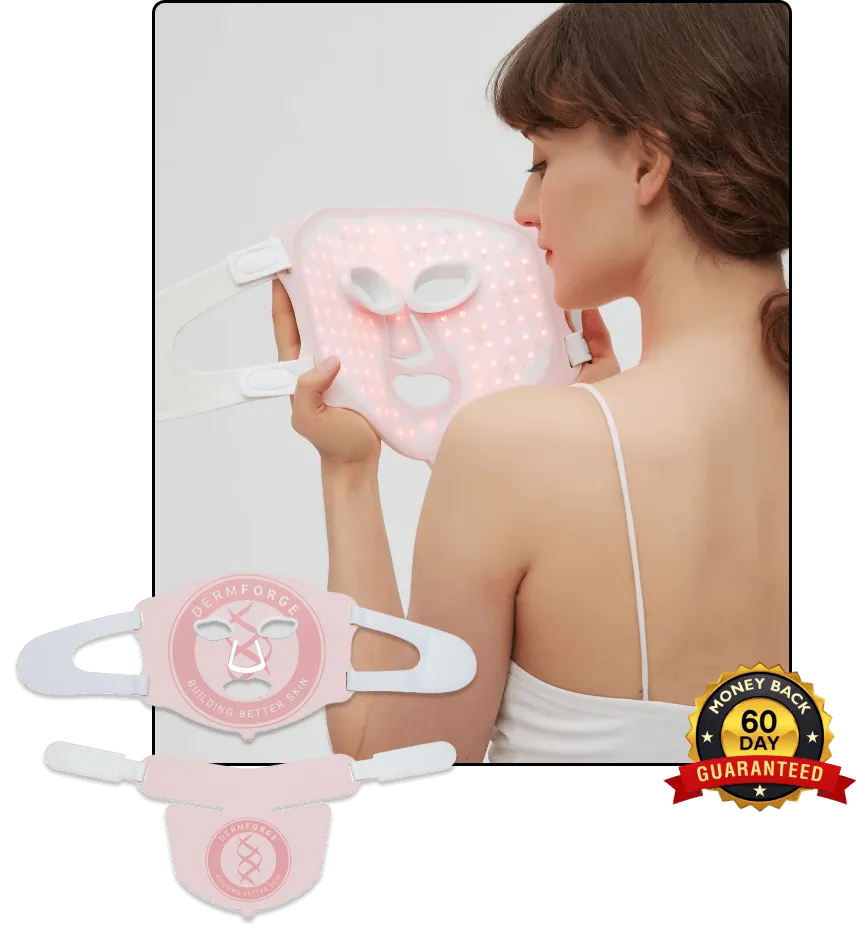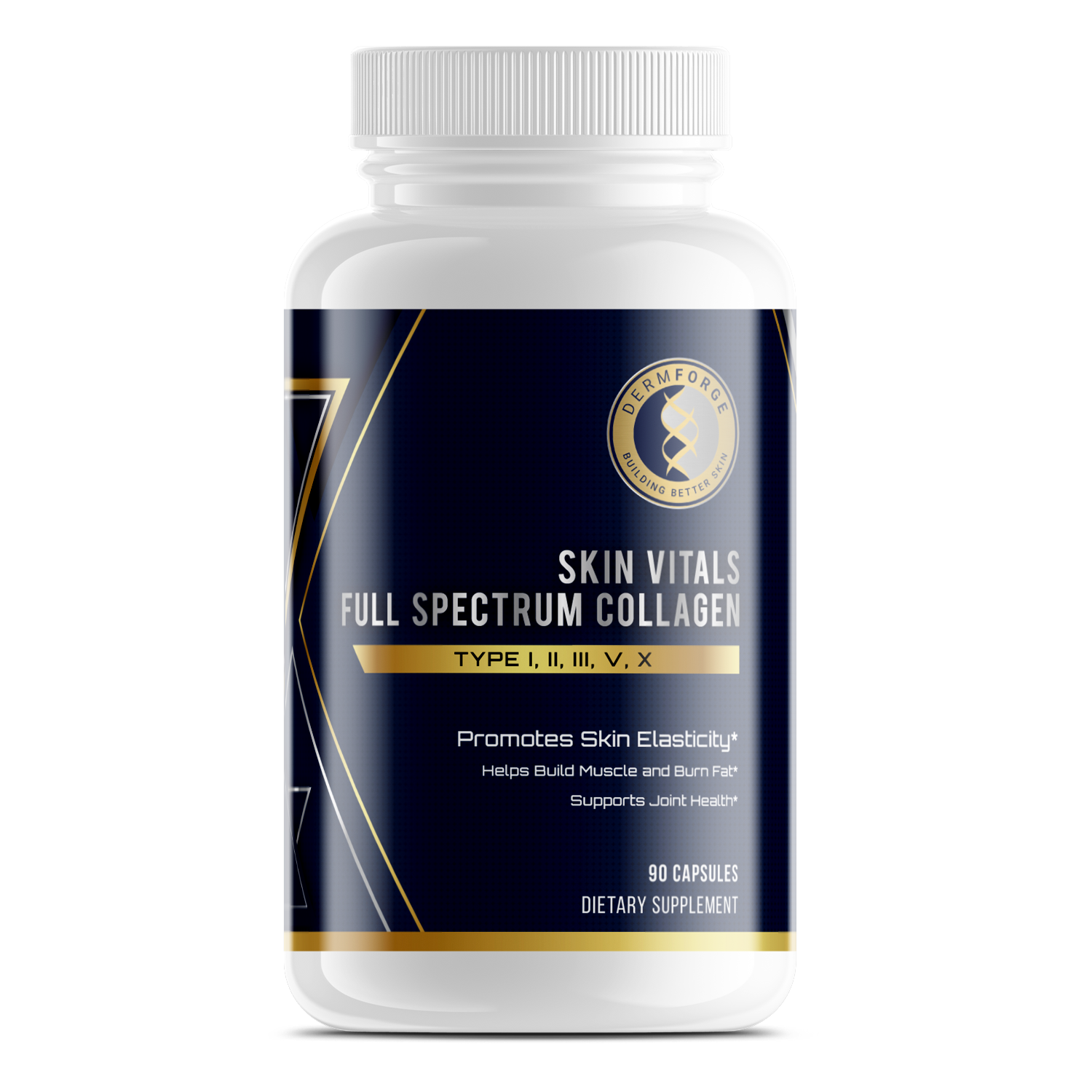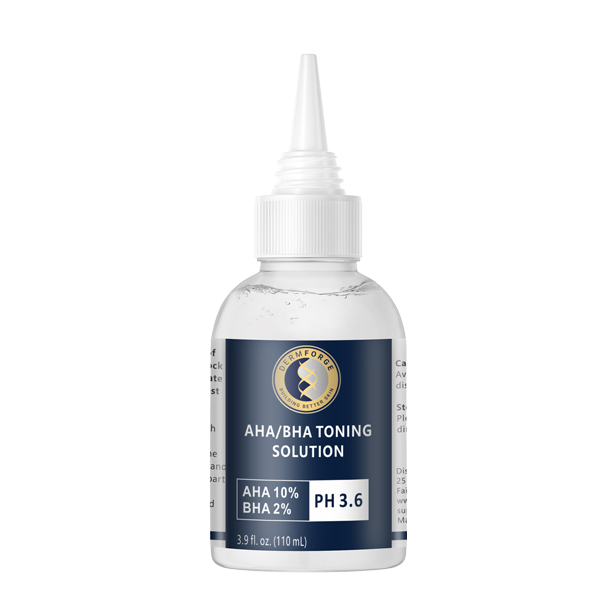Skin enhancing LED therapy has become a popular option for people looking to improve their skin’s appearance without invasive procedures. This treatment uses specific light wavelengths to target various skin concerns safely and effectively. Additionally, it offers a non-invasive solution with minimal discomfort and downtime.
However, you might wonder how LED therapy differs from other skincare treatments. Unlike chemical peels or lasers, LED therapy does not damage the skin’s surface. Instead, it works by stimulating natural cellular activity and encouraging skin repair. Therefore, many people choose LED therapy to complement their skincare routine.
Additionally, different light wavelengths target specific concerns like acne, fine lines, and uneven skin tone. Red light stimulates collagen production, which may reduce fine lines. However, blue light therapy targets acne-causing bacteria to help clear breakouts. Therefore, LED therapy can address multiple skin concerns at once.
You may also appreciate that LED therapy is suitable for most skin types. Additionally, the treatment is painless and requires no recovery time. Therefore, you can easily incorporate it into your skincare routine without disruption.
However, it’s important to understand how LED therapy works and what to expect. Results are not immediate and require multiple sessions over time. Therefore, learning about treatment frequency, safety, and post-treatment care will help you set realistic expectations.
Additionally, working with a skincare professional ensures you receive the correct light wavelength and treatment plan. By understanding how skin enhancing LED therapy works, you can decide if it aligns with your skincare goals.
What Is LED Light Therapy?
LED light therapy is a non-invasive treatment that uses specific wavelengths of light to address various skin concerns. Unlike procedures that rely on chemicals or physical exfoliation, this therapy employs light-emitting diodes (LEDs) to penetrate the skin's layers without causing damage. It's often used to reduce acne, diminish fine lines, and promote overall skin rejuvenation.
The concept of light therapy dates back to ancient civilizations, where sunlight was used for its healing properties. In 1903, Niels Finsen received the Nobel Prize for his work demonstrating the therapeutic effects of light on skin conditions. In the 1960s, NASA began exploring LED technology to promote plant growth in space and observed accelerated wound healing in astronauts exposed to LED light. These findings paved the way for the development of skin enhancing LED therapy.
Today, skin enhancing LED therapy is embraced in both clinical settings and at-home skincare routines. Its gentle approach, combined with minimal side effects, makes it a popular choice for those seeking to improve skin health without invasive procedures.
The Science Behind LED Therapy
LED light therapy utilizes specific light wavelengths to address various skin concerns. Unlike treatments such as chemical peels or laser resurfacing, LED therapy is non-invasive and does not cause discomfort or require downtime. This makes it a convenient option for enhancing skin appearance.
Originally developed by NASA for plant growth experiments in space, LED technology was later found to promote wound healing in astronauts. This discovery led to its application in dermatology, where it is now used to treat acne, reduce inflammation, and improve signs of aging. The evolution of this technology has made skin enhancing LED therapy widely accessible in both professional and home settings.
Types of LED Light and Their Skin Benefits
Skin enhancing LED therapy utilizes various light wavelengths to address specific skin concerns. Each color penetrates the skin at different depths, triggering unique biological responses.
Red light therapy penetrates deeply, stimulating collagen production. This process can reduce fine lines and improve skin elasticity. Additionally, red light may enhance circulation, promoting overall skin rejuvenation.
Blue light therapy targets the skin's upper layers, effectively combating acne-causing bacteria. By reducing bacterial presence, it helps decrease breakouts and inflammation. This makes blue light a popular choice for individuals with acne-prone skin.
Near-infrared light penetrates deeper than red light, reaching the skin's subcutaneous layers. It supports wound healing and reduces inflammation. This wavelength is often used to soothe muscle aches and promote tissue repair.
Incorporating skin enhancing LED therapy into your skincare routine can offer multiple benefits. However, it's essential to use appropriate wavelengths for your specific skin concerns. Consulting with a skincare professional can help determine the best approach for your needs.
Common Skin Concerns Treated with LED Therapy
Skin enhancing LED therapy offers a non-invasive solution for various skin concerns, including acne, fine lines, hyperpigmentation, and uneven texture. By utilizing specific light wavelengths, this therapy stimulates natural skin processes to promote healing and rejuvenation.
For acne treatment, blue light therapy targets and reduces acne-causing bacteria, leading to fewer breakouts and diminished inflammation. This approach is particularly beneficial for individuals with mild to moderate acne. However, results can vary, and consistent sessions are often necessary to maintain improvements.
Red light therapy addresses signs of aging by penetrating deep into the skin to stimulate collagen production. Increased collagen can reduce the appearance of fine lines and wrinkles, resulting in firmer, smoother skin. Additionally, red light therapy may help improve skin texture and tone. Nonetheless, multiple treatments over time are typically required to observe noticeable changes.
Hyperpigmentation, such as dark spots and uneven skin tone, may also be treated with LED therapy. Certain light wavelengths can inhibit melanin production, leading to a more balanced complexion. However, the effectiveness of this treatment varies among individuals, and it may not completely eliminate hyperpigmentation.
While LED therapy shows promise in enhancing skin texture and appearance, it's important to maintain realistic expectations. Results are often subtle and gradual, requiring ongoing sessions. Additionally, LED therapy may not be effective for all skin types or conditions. Consulting with a dermatologist can help determine if this treatment aligns with your specific skin concerns and goals.
What to Expect During and After Treatment
When considering skin enhancing LED therapy, understanding the treatment process is important. Sessions typically last between 10 to 20 minutes. During the procedure, you'll wear protective goggles to shield your eyes from the bright lights. The experience is generally comfortable, with most individuals feeling a gentle warmth on their skin. The number of sessions varies based on your skin concerns. For acne management, treatments might occur two to three times per week, transitioning to maintenance sessions every one to two weeks. For skin rejuvenation, sessions are often recommended three to five times weekly.
After the treatment, it's common to observe mild redness or irritation, which usually subsides within a few hours. To support your skin's recovery, avoid cleansing your skin immediately after the session, allowing any applied serums to fully absorb. Additionally, applying a broad-spectrum UVA & UVB sunscreen is advisable to protect your skin. Consistent sessions, as recommended by your skincare professional, are key to achieving and maintaining desired results.
Is LED Therapy Right for You?
Skin enhancing LED therapy offers a non-invasive approach to addressing various skin concerns. By understanding its benefits and limitations, you can make informed decisions about incorporating it into your skincare routine.
LED therapy can effectively treat conditions like acne, fine lines, and hyperpigmentation. However, results can vary based on individual skin types and the severity of the condition. It's important to have realistic expectations and recognize that multiple sessions may be necessary to achieve desired outcomes.
Before starting LED therapy, consult with a qualified skincare professional. They can assess your skin's needs and determine if this treatment is suitable for you. Additionally, they can provide guidance on the appropriate type of LED therapy and recommend complementary treatments to enhance results.
Consistency is key when it comes to skin enhancing LED therapy. Adhering to the recommended treatment schedule and following post-treatment care instructions can significantly influence the effectiveness of the therapy. By staying committed to the process, you can work towards achieving healthier, more radiant skin.
Conclusion
Skin enhancing LED therapy offers a non-invasive and accessible option for improving your skin's appearance and overall health. This treatment uses specific light wavelengths to target concerns like acne, fine lines, and hyperpigmentation. Additionally, it stimulates your skin’s natural healing processes without damaging the surface.
Therefore, many individuals choose LED therapy to complement their existing skincare routines. However, results depend on consistency and proper aftercare. You should follow recommended session frequency and post-treatment guidelines to achieve noticeable improvements.
Additionally, LED therapy is well-tolerated by most skin types, making it an attractive option for various concerns. However, it is not a one-time solution and requires regular treatments. You may also need to combine therapy with other skincare products to maintain long-term results.
Therefore, it’s important to have realistic expectations when beginning treatment. Results typically develop gradually over several weeks. Additionally, professional consultation helps determine if LED therapy is suitable for your skin type and concerns.
However, not everyone will benefit equally from LED treatments. Certain medical conditions and medications may affect your eligibility. Therefore, speaking with a qualified skincare provider can help you make informed decisions.
Ultimately, skin enhancing LED therapy can play a valuable role in your skincare routine. When used properly and consistently, it may improve skin clarity, tone, and texture. Additionally, it offers a gentle and comfortable experience with minimal side effects.






